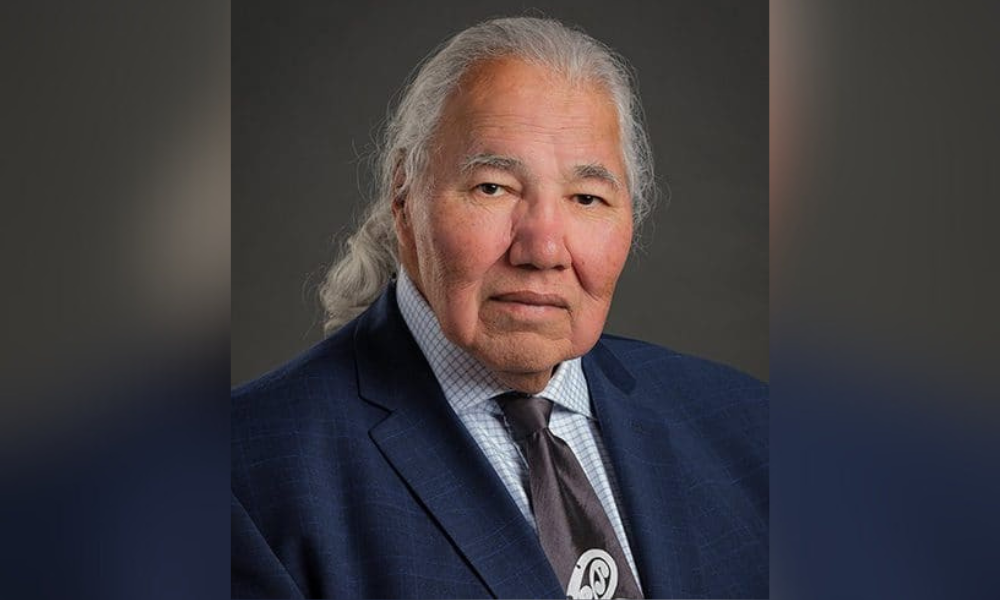
There is an automatic review of pretrial detention after 30 or 90 days, depending on the offence, the Supreme Court of Canada has ruled.
Delivered on March 28, R. v. Myers clarified s. 525 of the Criminal Code, which calls for a judicial hearing 30 days after the last detention order of someone accused of a summary offence and 90 days for those accused of an indictable offence. A main issue was whether s. 525 required the accused to show there has been an unreasonable delay in bringing the matter to trial, before the continued detention was reviewed.
How s. 525 was applied varied from province to province, with some jurisdictions requiring the judge to find unreasonable delay, some finding that those who didn’t have an original bail hearing couldn’t have a review and other judges finding the opposite of both. The Supreme Court’s ruling establishes that everyone has an automatic hearing and no threshold of unreasonable delay needs to be met to get one.
Latest News
The argument in Myers was whether s. 525 was a “two-step” or “one-step” process. The two-step approach advocated by the Crown sets a threshold that it be shown there has been unreasonable delay in bringing the case to trial before the court looks at the statutory criteria applying to judicial interim release. The one-step approach backed by Myers’ side calls for the court to move directly to weighing the merits of the detention, according to the statutory criteria under s. 515(10) of the Criminal Code — whether the detention is necessary to ensure the accused attends court, necessary to protect public safety or necessary to maintain the public’s confidence in the justice system.
“I am super happy they did the right thing, of course. I couldn’t have asked for a better result. And I think that the means of justice will best be achieved by the result that has occurred. Secondly, I think it’s most important to recognize this issue really came about because of mine and Mr. [Nicholas] Reithmeier’s persistence,” says Justin Myers of Myers and Co., who acted for the appellant, Corey Lee James Myers.
Reithmeier and John Caldwell were Crown counsel acting for the attorney general of British Columbia. All nine justices were present and Chief Justice Richard Wagner wrote the decision, which was unanimous. The attorney general for Ontario and the Canadian Civil Liberties Association were intervenors in the case.
“Our bail system is broken and there are more people awaiting trial in our jails than serving a sentence,” says Christine Mainville, a partner at Henein Hutchison LLP, who acted for the CCLA.
“It was important to intervene because the provision, first of all, was applied very differently across the country. And in most cases, it was either interpreted as a perfunctory check-in with the court or the accused had to first meet an onus before the detention would be reviewed on its merits. And that gutted the provision of any purpose,” she says.
The court cited figures from Statistics Canada to demonstrate the problem of trial delay in Canada, stating that in 2016 and 2017, around seven per cent of those in remand spent more than three months there, with some detained between 12 and 24 months.
The Crown had argued that, in 1972, when s. 525 was added to the Criminal Code, 90 days in pretrial detention was an unreasonable delay, but the standard is outdated because, 47 years later, trials now typically take longer. They also argued that s. 525 hearings were only intended to be held in exceptional circumstances where there was unreasonable delay and noted that the section is titled “Review of detention where trial delayed.”
The attorney general for Ontario argued that the two-step approach was consistent with the wording of the provision, harmonious with the other pretrial bail review provisions and aligned with Parliament’s intent when it instituted the Bail Reform Act, giving birth to s. 525.
“The Crown’s position in this appeal was that the two-step approach accorded with several well-established principles of statutory interpretation. . . . It was also supported by several authoritative decisions of the B.C. Supreme Court, including the judgment on appeal,” says Dan McLaughlin, communications counsel for the B.C. Prosecution Service.
“The decision by the SCC in this case will significantly impact bail review practices in B.C.,” he says.
After a high-speed car chase, Cory Lee James Myers, who was on probation at the time, was arrested and charged with firearms offences in January 2016. He served the remainder of his previous sentence and unsuccessfully sought bail in November. In March 2017, the Crown asked him if he wanted to pursue a 90-day bail review under s. 525 and Myers affirmed but lost because the judge said he could only release Myers if there was an unreasonable delay and Myers made no arguments in response. He nevertheless appealed, and his lawyer and the Crown made submissions to the court on the conflicting perspectives on s. 525. Justice Paul Riley of the British Columbia Supreme Court ruled in favour of the two-step approach. Myers then appealed to the Supreme Court of Canada.
Myers has since pleaded guilty and was sentenced to 30 months and so his appeal to the court is moot as he is no longer in pretrial custody. But the Supreme Court of Canada took up the case on its discretion because they said guidance was needed to establish the correct approach to s. 525.
The court allowed the appeal, finding the correct approach to be that the prosecutor or jailor must apply for a s. 525 hearing after the 30 or 90 days after the accused’s last detention order. An unreasonable delay is not a threshold that the accused must meet to get a hearing and the judge must schedule the hearing as soon as possible.






